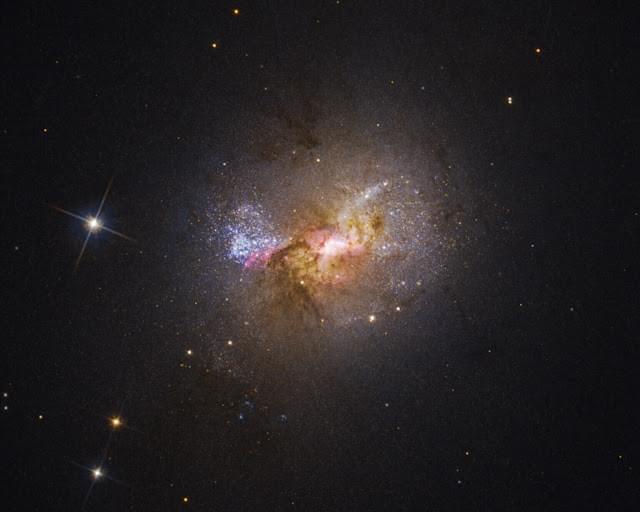A recent discovery made by astronomers operating the Hubble Space Telescope has revealed the presence of a black hole at the center of a dwarf galaxy that actually creates stars instead of consuming them. This revelation has challenged the common perception that black holes only destroy matter.
The method by which stars are formed in this particular dwarf galaxy, named Henize 2–10, is fundamentally different from how stars are formed in larger galaxies. Astronomers have observed that gas moves around the black hole before merging with a core of dense gas present in the galaxy.
The Hubble spectroscopy revealed that the outflow of this gas was traveling at a rate of a million miles per hour, which eventually collided with the dense gas present in the galaxy. The outflow created clusters of newly born stars on its path.
